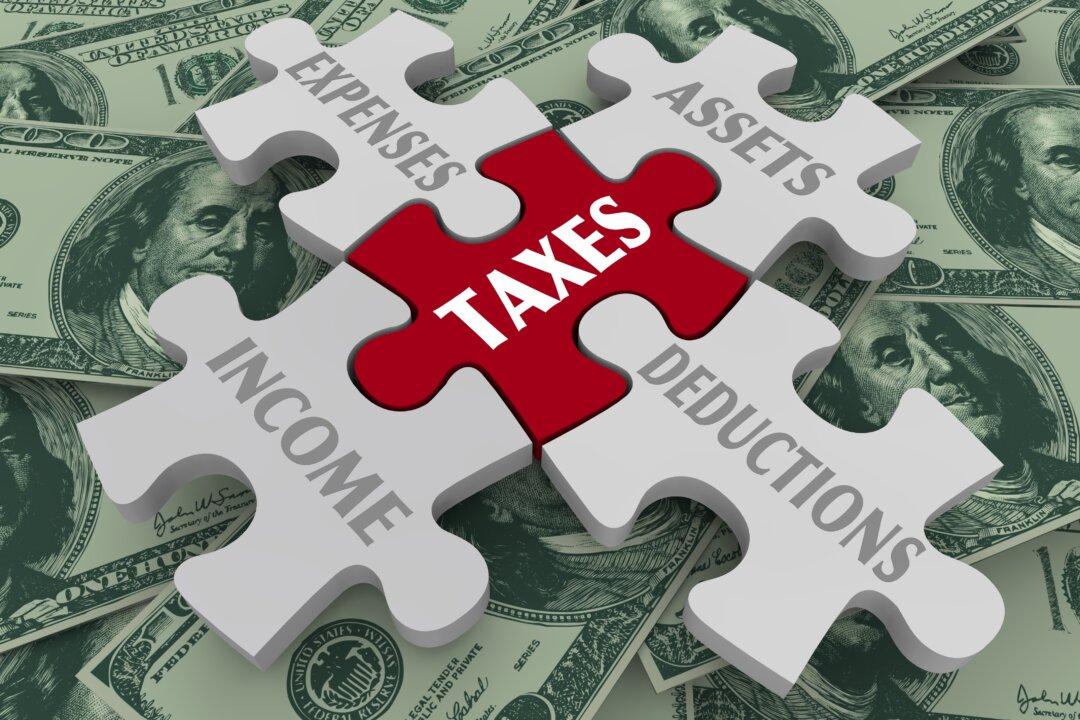There is no single, silver bullet when it comes to weighing stocks as potential investment choices. A broad, multi-pronged approach is required. That means research, time, and trouble to dig, but by doing so you will lower the risk of making a bad or wrong choice when it comes to investing in a particular stock.
Where to look? Here is a list of subject areas that can be delved into to discover the strengths, weaknesses, opportunities, and threats to a public company, and the implications we can expect about future stock gains. The following are key steps for how to study a stock:
- Review the company’s financial statements
- Analyze the company’s business model and competitive position
- Research the company’s management team
- Evaluate the company’s industry and market outlook
- Consider valuation netrics (more on this later)
- Assess risk factors






